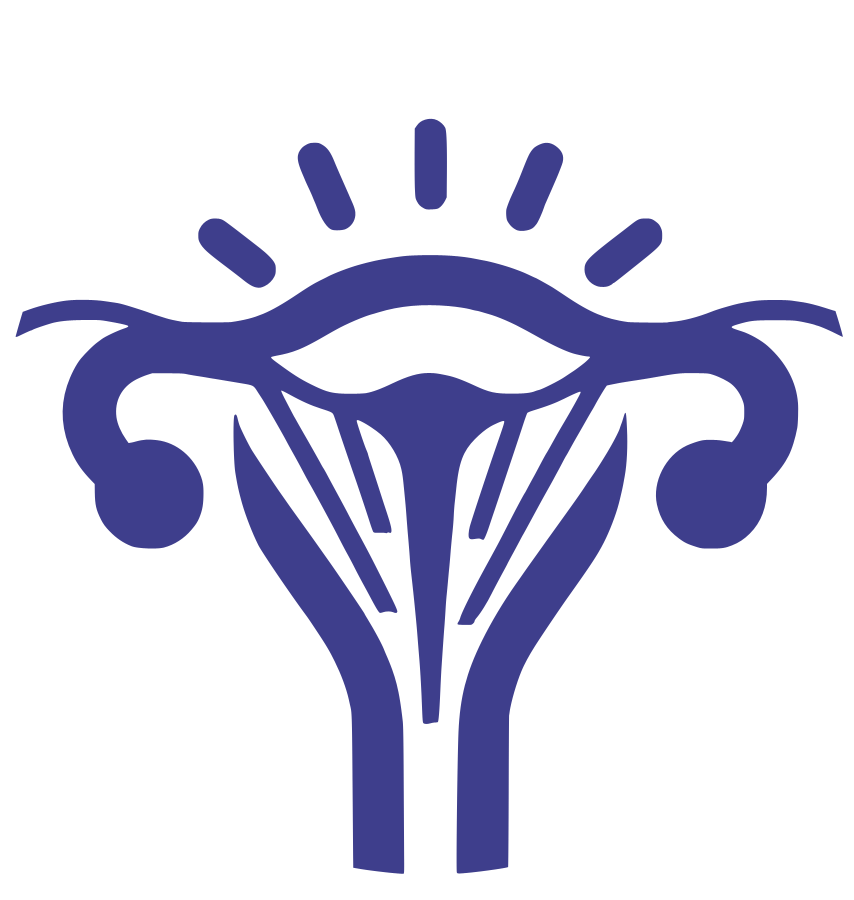
Did you know?
Despite transvaginal photobiomodulation being relatively recent and innovative in the field of gynecology, it is based on a technology developed initially for NASA to promote the growth of plants in space.
Transvaginal Photobiomodulation
Transvaginal photobiomodulation (VPBM) is an emerging therapeutic modality that uses light therapy to address various gynecological and pelvic health issues. This treatment is noninvasive and uses specific wavelengths of light to stimulate cellular functions, promoting healing and reducing inflammation.
-
Karen Pendergrass
Karen Pendergrass is a microbiome researcher specializing in microbiome-targeted interventions (MBTIs). She systematically analyzes scientific literature to identify microbial patterns, develop hypotheses, and validate interventions. As the founder of the Microbiome Signatures Database, she bridges microbiome research with clinical practice. In 2012, based on her own investigative research, she became the first documented case of FMT for Celiac Disease—four years before the first published case study.
Microbiome Signatures identifies and validates condition-specific microbiome shifts and interventions to accelerate clinical translation. Our multidisciplinary team supports clinicians, researchers, and innovators in turning microbiome science into actionable medicine.
Karen Pendergrass is a microbiome researcher specializing in microbiome-targeted interventions (MBTIs). She systematically analyzes scientific literature to identify microbial patterns, develop hypotheses, and validate interventions. As the founder of the Microbiome Signatures Database, she bridges microbiome research with clinical practice. In 2012, based on her own investigative research, she became the first documented case of FMT for Celiac Disease—four years before the first published case study.
Overview
Transvaginal photobiomodulation (TVPBM) is an emerging therapeutic modality that uses light therapy to address various gynecological and pelvic health issues such as endometriosis. This noninvasive treatment uses specific wavelengths of light to stimulate cellular functions, promoting healing and reducing inflammation. Below, we provide a comprehensive overview of TVPBM, detailing its mechanisms, applications, potential benefits, and considerations.
Mechanism of Action
Photobiomodulation (PBM) involves the application of red or near-infrared light to various parts of the body to encourage cellular bioactivity. When applied transvaginally, the light penetrates the vaginal mucosa and underlying tissues, reaching the cells directly. This exposure to light energy is believed to trigger a series of biological reactions known as photophysical and photochemical processes. The primary mechanism is light absorption by mitochondrial chromophores, particularly cytochrome c oxidase. This absorption enhances mitochondrial function, increasing adenosine triphosphate (ATP) production, the cell’s energy currency. The result is enhanced cellular metabolism, reduced oxidative stress, and increased circulation through vasodilation. These effects collectively contribute to tissue repair and regeneration.
Applications
TVPBM has been explored for a variety of gynecological and systemic conditions, including but not limited to:
| Condition | Description and Benefits of TVPBM |
|---|---|
| Genitourinary Syndrome of Menopause (GSM) | Encompasses symptoms such as dryness, burning, and urinary incontinence associated with menopausal changes in the vagina and urinary system. TVPBM improves these symptoms by enhancing tissue elasticity and function. |
| Chronic Pelvic Pain | Conditions like endometriosis and pelvic inflammatory disease may benefit from the anti-inflammatory effects of TVPBM. |
| Sexual Dysfunction | TVPBM improves blood flow and tissue health, potentially enhancing sexual function and satisfaction. |
| Postpartum Recovery | Aids in the healing of perineal tears and episiotomies, enhancing postpartum recovery. |
Benefits
The potential benefits of transvaginal photobiomodulation (TVPBM) stem from its non-invasive approach and the physiological impacts of light therapy. These benefits include a reduction in pain and inflammation due to the anti-inflammatory properties of light, which can alleviate discomfort associated with various pelvic conditions. Additionally, TVPBM supports enhanced tissue repair through accelerated cellular regeneration, improving healing in the vaginal and pelvic regions. Improved vascularization also occurs, increasing blood flow that boosts nutrient delivery and waste removal from tissues, further enhancing pelvic health.
Safety
TVPBM is generally considered safe when performed using properly calibrated and operated devices by trained professionals. The non-invasive approach minimizes the risks of infection or trauma. However, as with any therapeutic intervention, the efficacy and safety of TVPBM must be evaluated on a case-by-case basis, considering the specific condition being treated and individual patient factors.
Considerations
Transvaginal photobiomodulation shows promise as a therapeutic option, but it is crucial to consider its contraindications. The effects of TVPBM during pregnancy are not well studied, leading to general recommendations against its use in expectant mothers. Additionally, individuals with a history of gynecological cancers should exercise caution with TVPBM treatments, as the impacts on cancer cells remain unclear. These considerations are vital for ensuring the safety and efficacy of TVPBM.
Future Directions
Ongoing research into transvaginal photobiomodulation is crucial to fully understand its applications, optimal dosing parameters, and long-term effects. As evidence accumulates, it could become a standard part of gynecological and pelvic health treatment protocols.
Research Feed
The study evaluated transvaginal photobiomodulation as a treatment for women's chronic pelvic pain (CPP). It found significant pain relief sustained for six months, suggesting TVPBM could be an effective treatment option. Further research is needed to explore broader applications of TVPBM.
The study in question focused on the use of transvaginal photobiomodulation (TV-PBM) as a treatment for chronic pelvic pain (CPP) in women. Here are the details based on the key aspects of the study:
What was studied?
The research investigated whether transvaginal photobiomodulation could effectively reduce chronic pelvic pain in women. This was a pilot study aiming to explore the potential benefits of a novel therapy approach using light therapy applied transvaginally to manage pain.
Who was studied?
The study involved women suffering from chronic pelvic pain. These participants had previously experienced ineffective treatments for their condition and were recruited to evaluate the effectiveness of TV-PBM. Thirteen women completed the study, undergoing a series of nine treatments.
What were the most important findings?
The study found significant and sustained pain relief in participants up to six months after treatment. It reported a notable reduction in pain scores, with 60% of the participants showing improvement shortly after treatment began, and this effect was maintained throughout the six-month follow-up period. The effect sizes were considered large, suggesting the therapy was highly effective for those it helped.
What are the greatest implications of this study?
The promising results of this pilot study suggest that TV-PBM could be a viable and effective treatment for managing chronic pelvic pain, a condition that often responds poorly to other forms of treatment. This could lead to a new therapeutic option for many women who currently have limited or ineffective choices. However, further research, including larger and controlled studies, is necessary to confirm these findings and fully establish the therapy’s efficacy, safety, and broader applicability.
The study reviewed theoretical and emerging research on photobiomodulation (PBM) and its effects on the vaginal microbiome, exploring how PBM might beneficially alter microbial communities to improve vaginal health. It suggested that PBM could be a non-invasive tool to treat conditions like bacterial vaginosis and influence systemic diseases by managing microbiome health, presenting a new potential non-pharmacological intervention in gynecological health.
What was studied?
The study reviewed the potential effects of photobiomodulation (PBM) on the vaginal microbiome, particularly exploring theoretical and emerging research on how PBM may influence vaginal health through its interaction with microbial communities.
Who was studied?
The study itself is a review and does not directly study a group of individuals. Instead, it synthesizes research on the vaginal microbiome and how it might be affected by PBM treatments, so the “who” primarily encompasses populations from referenced studies within the field of vaginal health and microbiome research.
What were the most important findings?
The review suggests that PBM might influence the vaginal microbiome beneficially by affecting microbial communities, potentially helping in treating conditions like bacterial vaginosis or influencing systemic diseases. It discusses the interaction of light treatment with bacteria and its theoretical applications in managing vaginal microbiome health.
What are the greatest implications of this study?
The review highlights a promising but underexplored area in the intersection of PBM and vaginal microbiome management. If PBM can effectively influence the vaginal microbiome, it could offer a non-invasive method to manage and treat a range of vaginal health issues and associated systemic conditions, expanding the scope of non-pharmacological interventions in gynecological health. This could lead to new therapeutic modalities that are more focused on microbiome health, influencing everything from disease prevention to treating existing conditions.
Endometriosis involves ectopic endometrial tissue causing pain and infertility. Validated and Promising Interventions include Hyperbaric Oxygen Therapy (HBOT), Low Nickel Diet, and Metronidazole therapy.

 Research feed
Research feed